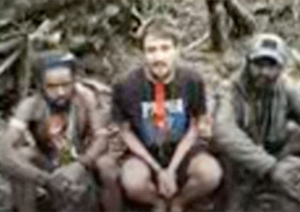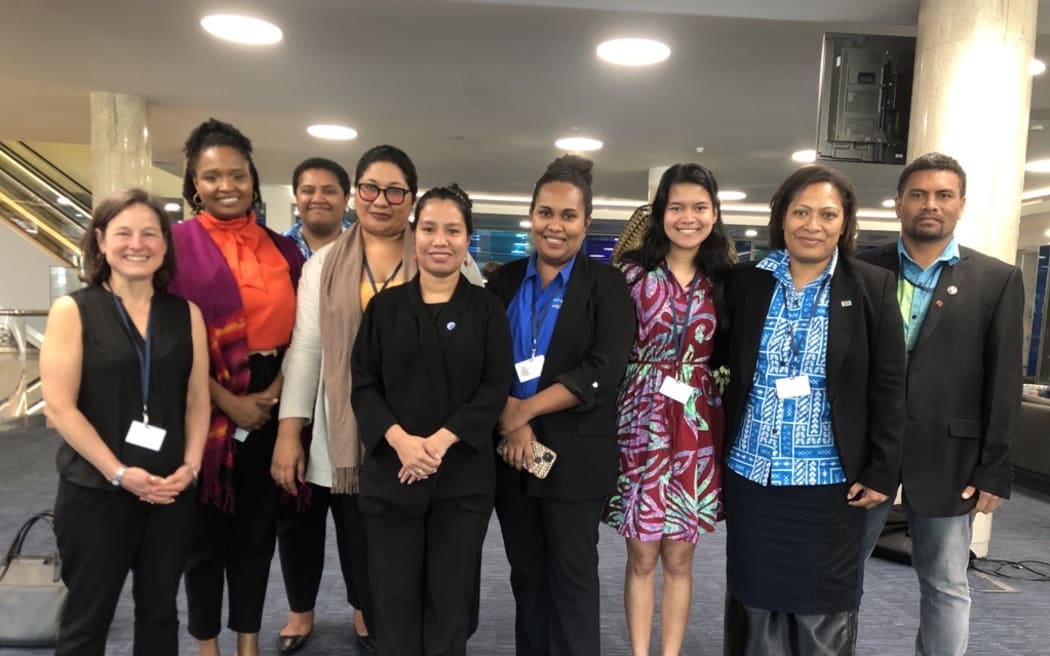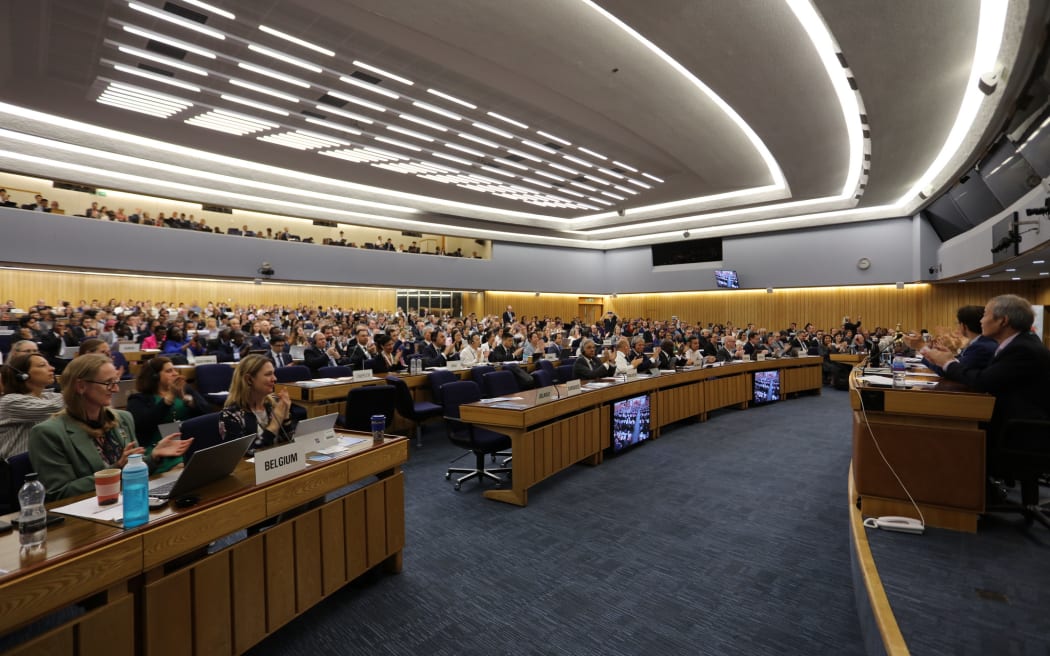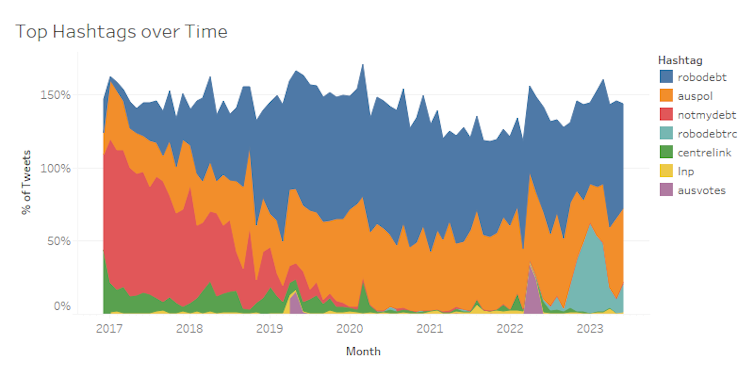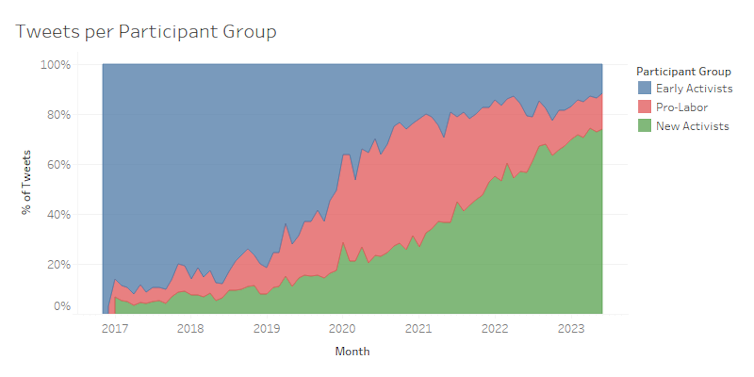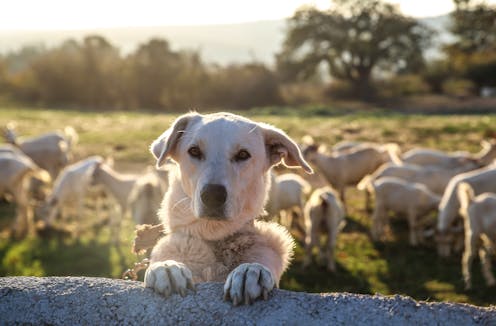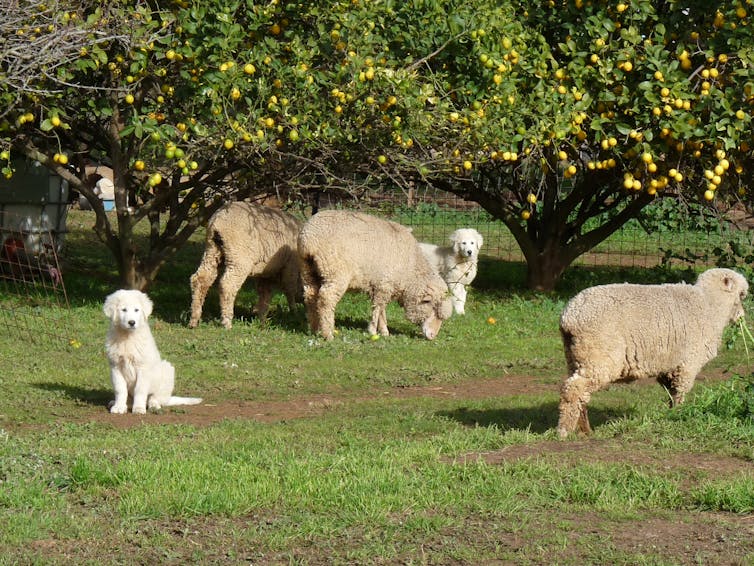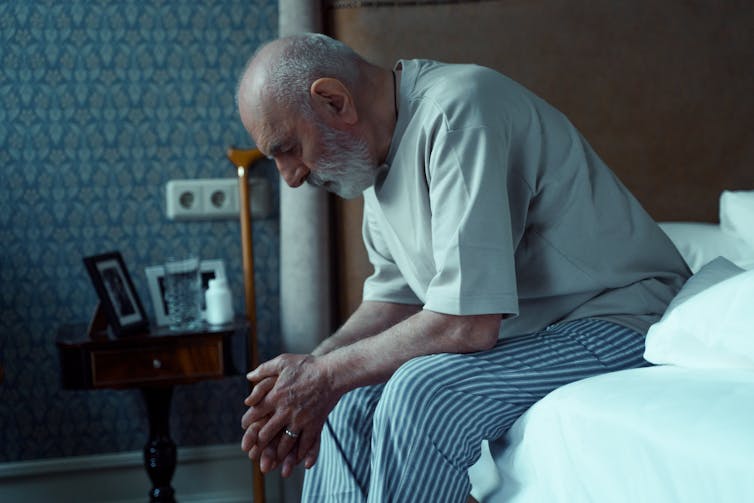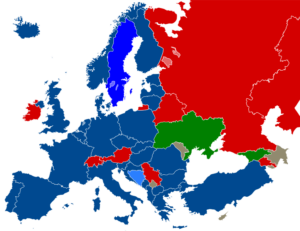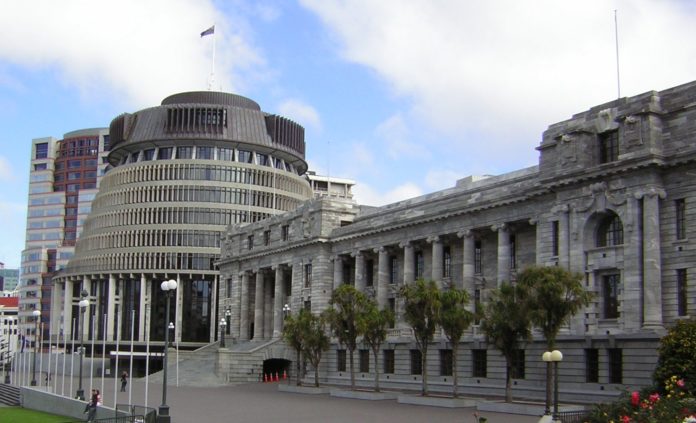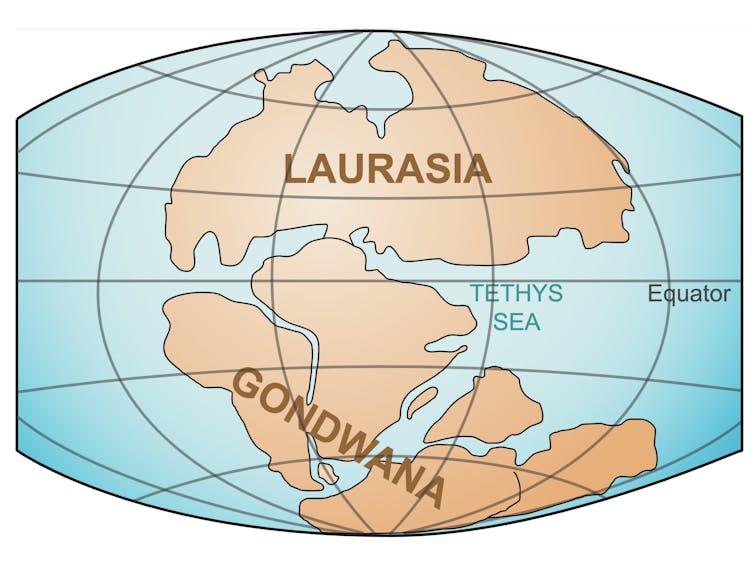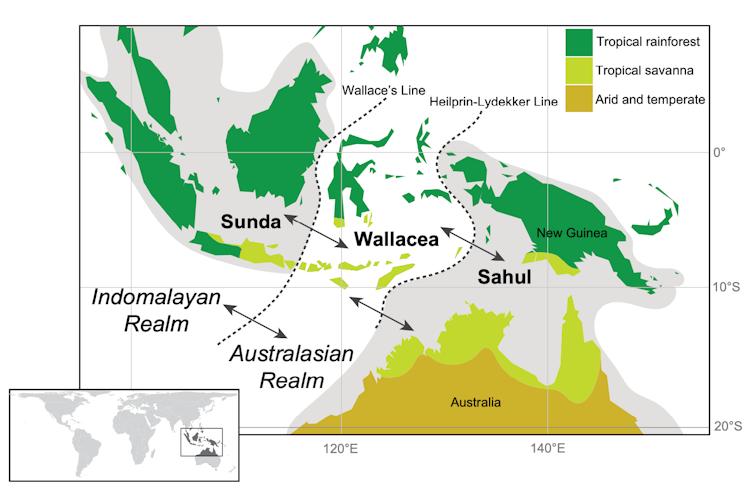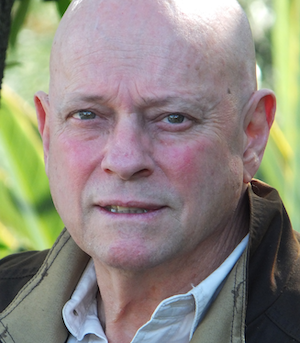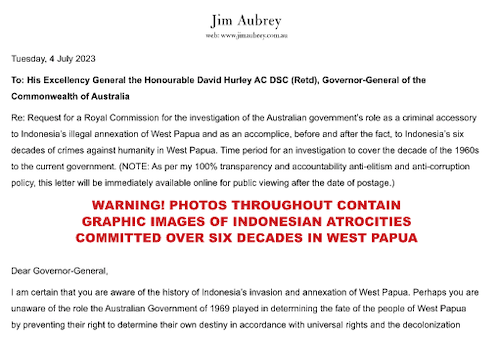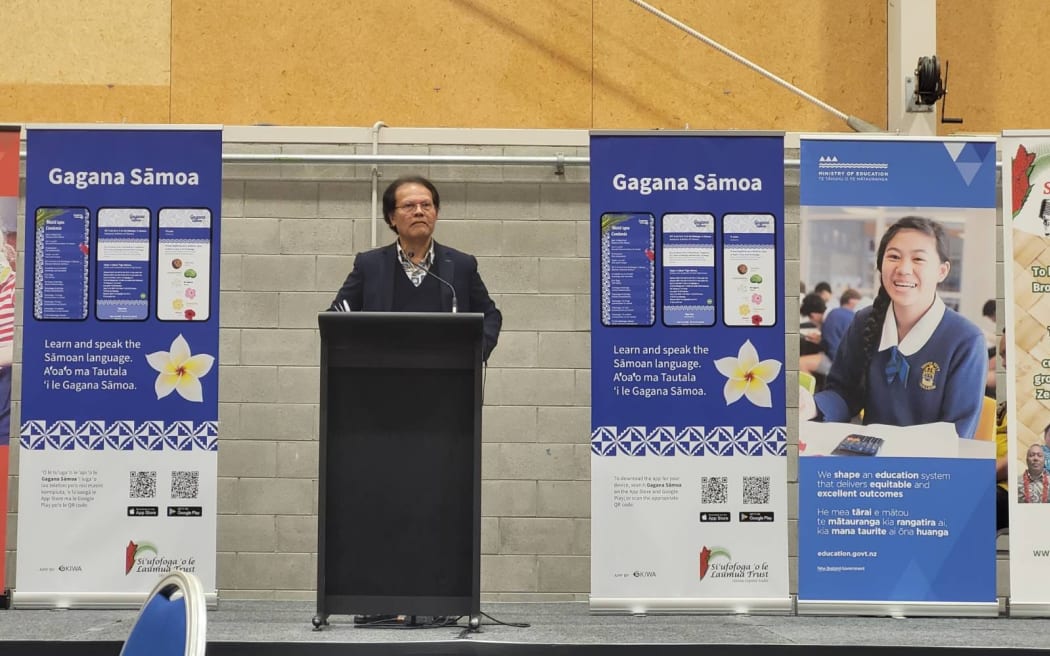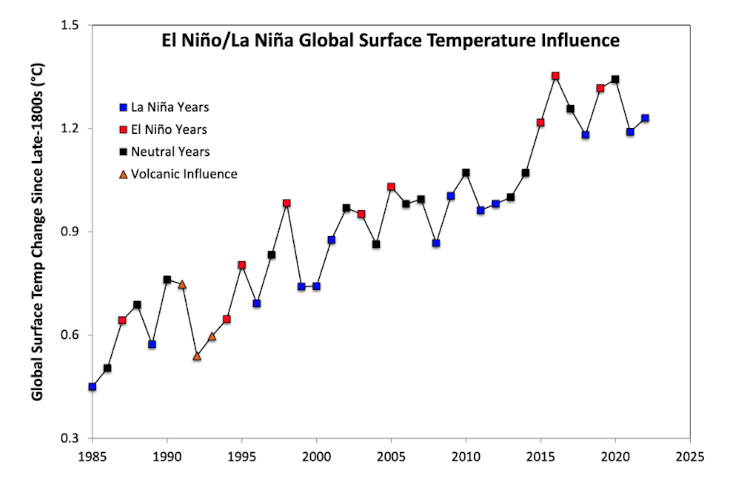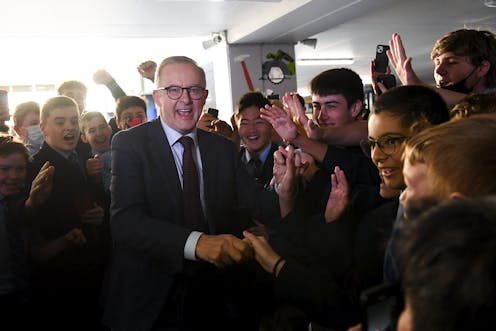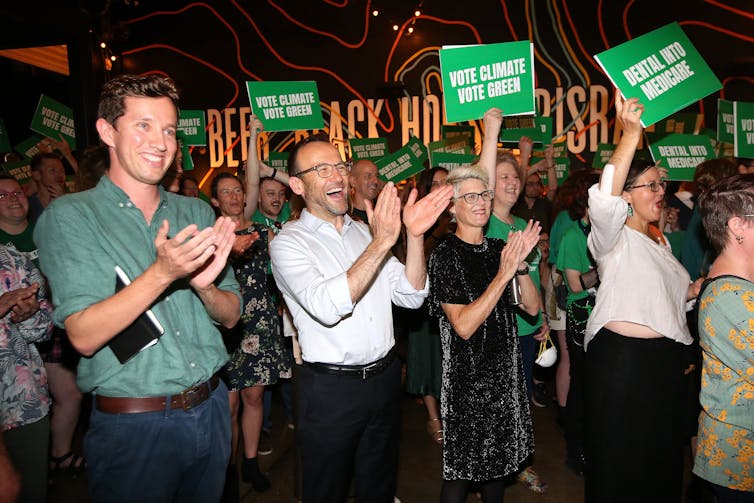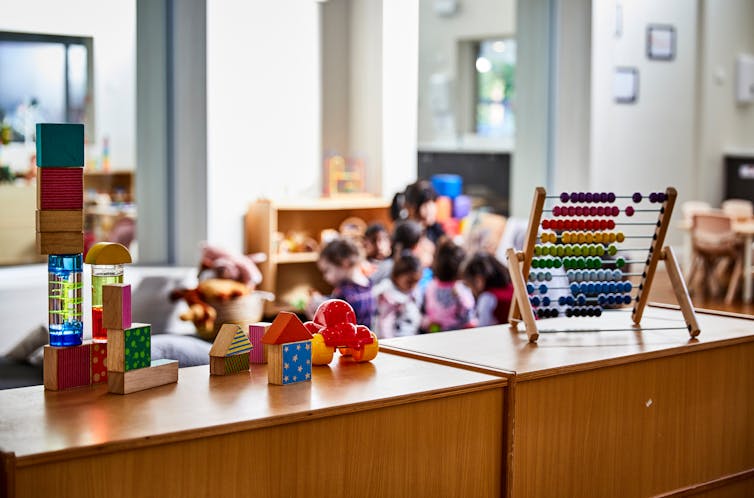Source: Council on Hemispheric Affairs – Analysis-Reportage
John Perry, Masaya, Nicaragua
On the fifth anniversary of the 2018 coup attempt in Nicaragua, conflicting accounts of the violence and killings still persist. The mainstream media has characterized the opposition protests as generally peaceful and cases of opposition violence as counter violence against brutal repression of dissent by the government. John Perry has written a series of articles that call into question this one-sided narrative, and his appeal to empirical evidence and lived experience have broadened the parameters of debate. In this article, Perry revisits the case of the murder of police officer Faber López Vivas, a case that highlights the need for impartial investigation of the events of 2018.
According to Amnesty International (AI), five years ago the Nicaraguan government committed an extraordinary and horrendous crime. In October 2018, AI published a report, Instilling Terror,[1] concerning the violent coup attempt that took place in Nicaragua in April-July of that year. Among the incidents they covered, they gave prominence to a claim that on July 8, 2018, Faber López Vivas, a young member of the national police force’s Directorate of Special Operations, was the subject of a possible “extrajudicial execution” by his fellow police officers. The report alleged that two days earlier, disenchanted with his duties as a police officer, he attempted to resign. But he wasn’t allowed to leave his post peacefully. Instead, his superior officer threatened him with death for being a “deserter” and then, apparently acting under orders, some of his colleagues carried out the threat. On July 8 they allegedly took him away (to the capital’s main prison), tortured and killed him. According to a private pathologist’s report quoted by AI, when his family received the corpse there were multiple signs of torture. Some family members recalled that in his last telephone conversation with them the day before, Faber had said: “If I don’t call you tomorrow, it’s because they’ve killed me.”
AI’s version of events comes from a “relative” of Faber’s, who is unnamed but appears to have been his mother, Fátima Berlamina Vivas Tórrez. On July 9, 2018, she gave various press and video interviews denouncing the police for killing her son.[2] Her account formed a central part of Amnesty’s case that the Nicaraguan government was operating “a state strategy of repression” in response to largely peaceful protests. After setting out her version of events in full, AI only briefly mentioned that the official explanation of Faber’s death was that he had been shot by “armed terrorists.”
Concerned about the apparently limited scope of AI’s investigation, an informal group of community and political activists in Nicaragua (which included this author) decided to look in detail at the events of July 8, and I have drawn on this collective work in producing this critical retrospect. As well as examining all the available video and other evidence surrounding the incident, including police reports, an interview was conducted with an eyewitness to Faber’s death, and Faber’s partner, who was still grieving his death, was also interviewed. This alternative account of the events, based on these different sources, is compared with that presented by AI and subsequent versions offered by Faber’s mother.
Background to the events
The background needs some explanation. During the attempt to overthrow Daniel Ortega’s Sandinista government in 2018, which began with three deaths (including one police officer) on April 19 and escalated in the following weeks, it was agreed with the Catholic Church that a “national dialogue” would be set up in an attempt to negotiate a peaceful outcome to the conflict. After false starts, the dialogue opened before TV cameras on May 16. Agreement was reached that the government would confine police forces to their quarters and order them not to use firearms. In return, the opposition agreed to begin removing the multiple roadblocks which had been set up across the country. But instead of de-escalating their attacks, the opposition intensified them, overrunning several cities, putting armed groups at the roadblocks on main highways and setting siege to police stations.
Some of the worst violence occurred in Jinotepe and Diriamba, neighboring cities on the Pan-American highway in the department of Carazo. Roadblocks trapped some 400 long-distance trucks for a month. Their drivers, from all over Central America, were unable to leave and were often threatened or even robbed at gunpoint.[3] On June 19, the rebels hijacked two fuel tankers and attempted to explode them close to Jinotepe’s police station.[4] Many Sandinista supporters were attacked, tortured or murdered. On June 29, Bismarck Martínez Sánchez, a municipal worker, was kidnapped at a roadblock, tortured and killed, with his body not found until nearly a year later.[5] The body of Sandinista member Robert José Castillo Cruz was found in a garbage dump on July 5,[6] days after he had denounced opposition forces for killing his son. A summary of human rights violations in the two cities up to July 7 was presented to the Organization of American States on July 11:[7] it included only deaths of Sandinista sympathizers or government officials, as no deaths of opposition members had been reported in either city over the whole period from April 21.
The police operation on July 8
By early July, the government had abandoned hope of a peaceful end to the conflict and had decided to use force to regain control of key cities. The operation to recapture Carazo began in the early hours of July 8. According to his partner Edith Valle Hernández, a fellow police officer, Faber López Vivas, temporarily based in the capital, Managua, was selected for one of the police units that would take control of the roadblocks in Jinotepe. He phoned her at 3.00am to say he was leaving on a mission, although he couldn’t say where. When she failed to answer he left another message, at 4.00am, telling her he loved her. Edith saw the message when she woke at about 7.00am: by then Faber was almost certainly dead.
According to official reports and the eyewitness we interviewed, Faber’s unit reached Jinotepe’s police station before daybreak on July 8, avoiding the roadblocks by using minor roads. He was among the first groups of officers who set out to tackle the roadblocks at about 6.00am. Only 200 meters from the police station, they came within range of a sniper located in the tower of the nearby National Autonomous University. Faber was shot and died instantly from a bullet in the forehead. A colleague, Hilario de Jesús Ortiz Zavala was hit in the leg, fell to the ground and was then killed by the sniper with two more shots. Other officers were injured and the bodies were dragged back to the police station. Later the sniper fled and other police regained control of the highway. By mid-afternoon police and volunteer police had full control of Jinotepe, at the cost of three more deaths among the volunteers,[8] and four among the opposition fighters at the roadblocks. CENIDH (Centro Nicaragüense de Derechos Humanos), one of the local human rights bodies often cited by AI, included Faber’s and Hilario’s names in its list of nine fatalities that day in Carazo.[9]
Later that day, the bodies of the two police officers were taken to the Instituto de Medicina Legal (IML – the official morgue and forensic facility) in Managua by ambulance, arriving at 5.00pm, where Faber’s death was recorded as homicide, with nine bullet wounds and no evidence of torture. In preparing this article, we asked IML for a response to AI’s version of events: they replied by email, confirming how Faber died and that his body showed “no signs of torture, struggle or defensive wounds”.
Political differences within Faber’s family
When Edith, his widowed partner of three years, was interviewed in depth in April 2019,[10] she said there was an irreparable political difference between Faber and his mother. He and Edith were strongly pro-Sandinista, but his mother sided equally strongly with the opposition, to the extent that she spent time at one of its notorious roadblocks at Lóvago in Central Nicaragua. There she was photographed being embraced by one of its leaders, Medardo Mairena, later convicted of some of the most heinous crimes during the coup attempt.[11]
Edith also said that Fátima Vivas made no secret of her political allegiance and attempted repeatedly to persuade Faber to leave the police, but he was proud of his work and only a short time before had been featured in a training video which can still be seen (at 1.18[12]). According to Edith’s account, because Faber cut off communication with his mother, she turned her attention to his partner. Edith showed us a message from Fátima on her phone in which she urged her to leave the police, lamenting that Faber was a lost cause as he “preferred to kill his people”. Soon after July 8, Fátima cut off contact with Edith and denied that her son had ever had a relationship with Edith.
The mother’s changing versions of the events
In the days after her son’s death, Fátima gave numerous interviews. Initially she was quoted in La Prensa as saying that he had been shot by police in the forehead,[13] asserting that only police would have been able to do that, and that it was punishment for having tried to resign the previous day, July 7, when she had also spoken to her son. A different interview[14] confirmed that she had been shown the fatal head wound while in the morgue. However, she then started to give varying accounts. In a video interview for El Nuevo Diario (no longer available since the newspaper closed), she said it was a day earlier, on July 6, that Faber had tried to resign, and that was also the last day she spoke to him. She said she first heard of his death when she realized that photos showing his body had appeared in social media early on July 8, and then repeated her accusation that he had been shot by police.
But also in El Nuevo Diario,[15] she was quoted as saying that he had died as a result of torture, rather than being shot, and that this had happened in a prison in Managua. Signs of torture were identified by an unnamed private doctor. Later still she said that this had been confirmed by an unnamed pathologist, who found no signs of him being shot (the video clip notably avoids showing Faber’s face, where the gunshot wound would have appeared; it does however appear to show his fingernails intact, despite the commentary saying they had been pulled out).[16] The private pathologist’s report, never made public, was provided to Amnesty International on July 29.[17]
Two years later, Fátima’s anger focused on the fact that the government had named a new police station in Faber’s honor.[18] Her account evolved still further:[19] Faber was now said to have suffered 24 hours of torture, he had “hundreds of knife wounds” delivered more than 12 hours before he died, his eyes had been gouged out.[20] He was finally killed by a blow to the head, and this had all been verified by two forensic specialists. However, these injuries do not align with those quoted in the report provided to AI. In a further inconsistency, Fátima now says that for security reasons pathologists never gave her written reports, only verbal descriptions of the injuries. She also fails to explain how Faber could have been tortured for 24 hours when there are several reports of him being alive and well on the morning of July 8, just before he was shot.
Move on to 2022, and Fátima is again furious about the aftermath of Faber’s death.[21] While an uncle, Arlin López, was present at an official ceremony to recognize the sacrifice made by Faber and the other 21 police officers who were killed in 2018, Fátima laments that the government has granted a pension to his partner, Edith Valle Hernández, described by Fátima as his “false wife.”
Of course, it is to be expected that a mother, emotionally recounting the circumstances of her son’s murder, might not be able to produce consistent accounts at different times, especially as she conceded that she was 170km away from the incident when it occurred. Nor has she ever claimed to have spoken to any eyewitnesses. That the accounts are heavily laden with accusations against the government might also be expected from someone who was and remains an opposition supporter and is now in self-imposed exile.
Amnesty International’s role is called into question
What is surprising is that Amnesty International relied totally on her account. Why was this, when AI had already noted some of the inconsistencies? Why did they not search out someone who had witnessed the murder or who might have either corroborated or challenged her account? Edith Valle said that AI never contacted her even though their researchers were in touch with Faber’s mother and his brother, both of whom were in communication with Edith by mobile phone. Given the unlikelihood of the scenario – police torturing one of their own colleagues – should AI not have exhausted other explanations before reaching the conclusion that it was a “possible extrajudicial execution?” Yet by giving the incident such prominence in their report and subsequent publicity, AI gave the impression that the evidence they had seen was overwhelming.
More broadly, why did AI not fully explain the context of events in Jinotepe and other nearby areas in early July? They make no mention of the other police officer killed that morning, whose murder by a sniper has never been contested, nor do they mention that police officers had been injured or kidnapped by opposition fighters only days previously. In nearby Masaya, a policeman was tortured, killed and his body burned at a Masaya roadblock on July 15. These crimes, unmentioned by AI like the notorious attack on police in Morrito on July 12, were also the subject of numerous false reports[22] that they were carried out by the police themselves. These other crimes provide contextual evidence in support of the government’s assertion that Faber López fell victim to the opposition, one of 22 police officers killed during the 2018 conflict, along with more than 400 injured, mainly by firearms.
These questions were part of a report, Dismissing the Truth, published in early 2019 by the Alliance for Global Justice.[23] It responded in detail to Amnesty’s October 2018 report Instilling Terror, and looked at several of the incidents it covered, including Faber’s death. It carried a foreword by Camilo Ortega, a Nicaraguan living in the US who had been an Amnesty International “prisoner of conscience” because he left the US army having seen its actions in Iraq. After publication of Dismissing the Truth, repeated attempts were made to contact AI, in different ways, initially with no response at all.
Eventually, a direct message to the chair of the AI International Board, Mwikali Muthiani, produced a reply in June 2019, but it simply reiterated what AI had done to compile its reports and made no reference to our criticisms, much less made any attempt to answer them. A request was then made to use AI’s formal complaints procedure, but this was rejected. AI’s reply said that “there is no other process to address your complaint,” even though their website says such complaints “help the organization to learn.” A subsequent friendly offer to meet at AI’s London office to discuss Dismissing the Truth went unanswered. In November 2019, the Nicaragua Solidarity Campaign Action Group published a briefing showing the errors in Amnesty international’s reporting about Nicaragua and the details of their failure to respond to criticism.[24] Again, there was no reply.
For some reason, AI seems to believe its reputation puts it above censure, even though there are multiple examples of Amnesty’s work in various parts of the world being challenged from a progressive standpoint – for example in Eritrea, Libya[25] and elsewhere. This is inherently contradictory in an organization that campaigns against impunity, calling on political leaders to face up to criticism but appearing to ignore any directed at AI itself.
It is Amnesty’s standing with governments and international bodies that is crucial because – when convenient to them – they will cite its human rights judgments in support of their own policies. In the case of Nicaragua, every time AI accuses the Ortega government of operating “a state strategy of repression” it adds credibility to the US administration’s hostility towards it. Former President Trump labeled Nicaragua an “unusual and extraordinary threat to the national security and foreign policy of the United States”,[26] and this designation has been repeated by President Biden. AI aligns itself with the US government and conventional media narrative about events in Nicaragua in 2018, fails to challenge it, and disparages the alternative perspective held not just by the Nicaraguan government but by many ordinary Nicaraguans. As an article on Amnesty’s work elsewhere[27] commented, “Amnesty International’s intervention in Nicaragua, and refusal to see the situation as anything other than a black and white narrative of good vs. bad, reflects the neo-colonial, imperialist lens through which the NGO views the world.”
As human rights lawyer Alfred de Zayas has recently pointed out,[28] AI has even advocated imposing sanctions, or “unilateral coercive measures”, on Nicaragua and other countries, “…although the evidence is overwhelming that such UCM’s harm the most vulnerable in those countries and constitute a form of ‘collective punishment’. Indeed, sanctions kill.” Amnesty’s one-sided assessments help to justify US actions when it toughens its sanctions regime, as it is currently threatening to do in Nicaragua’s case. Such sanctions have allegedly cost the country up to half-a-billion dollars annually in lost international support,[29] depriving it of resources needed to strengthen its health system, improve education services, and continue the poverty-reduction programs which have earned praise from bodies like the World Bank and IMF. Amnesty International’s undiscerning criticisms are not only unprofessional, they also harm the ordinary Nicaraguans whose human rights AI claims to protect.
John Perry is a COHA Senior Research Fellow and writer living in Masaya, Nicaragua. He is part of a collective of authors supporting historical memory to facilitate healing and reconciliation for the Nicaraguan people.
Lead Photo from https://www.tortillaconsal.com/tortilla/node/6141
Sources
[1] “Nicaragua: Instilling terror: from lethal force to persecution in Nicaragua,” https://www.amnesty.org/en/documents/amr43/9213/2018/en/
[2] See https://100noticias.com.ni/nacionales/91482-madre-de-faber-lopez-lo-torturaron-hasta-matarlo/ – other interviews published at the time are no longer available.
[3] “Transportistas panameños en Nicaragua son atacados por desconocidos,” https://www.panamaamerica.com.pa/provincias/transportistas-panamenos-en-nicaragua-son-atacados-por-desconocidos-1107902
[4] See https://www.youtube.com/watch?v=C4z3W4cXolo
[5] “Nicaragua conmemora a Bismarck Martínez y a Héroes de Piedra Quemada,” https://www.el19digital.com/articulos/ver/titulo:91624-nicaragua-conmemora-a-bismarck-martinez-y-a-heroes-de-piedra-quemada
[6] “Militante sandinista aparece muerto en un basurero en Jinotepe, Carazo,” https://www.laprensani.com/2018/07/05/departamentales/2444929-militante-sandinista-aparece-muerto-en-un-basurero-en-jinotepe-carazo
[7] See https://www.el19digital.com/app/webroot/tinymce/source/2018/00-Julio/Del09al15Julio/Miercoles10Jul/TERRORIST%20ACTIVITIES%20IN%20JINOTEPE%20AND%20DIRIAMBA.pdf
[8] The clearance of the roadblocks and the arrest or dispersal of those manning them were necessarily major, complex operations, given the numbers of roadblocks and the weapons held by opposition forces. For this reason, volunteer police were recruited, with firearms experience, who accompanied the regular police in large numbers as they entered cities such as Jinotepe which had been under siege for around three months.
[9] Reported here (and in other media): http://telenorte.info/2018/07/08/operativo-deja-varios-muertos-en-carazo/
[10] “FABER LOPEZ VIVAS : ‘Not one step back…’,” http://www.tortillaconsal.com/tortilla/node/6141
[11] See https://www.tortillaconsal.com/tortilla/node/6141 (fourth image on page)
[12] See https://www.youtube.com/watch?v=hGrXfM-7C9U&feature=youtu.be&list=PLnThQJH986vV5nxfaOBVmBbQnZC_k9x3P
[13] “Madre de oficial muerto en masacre de Carazo acusa a la Policía Nacional de ejecutarlo,” https://www.laprensani.com/2018/07/09/nacionales/2446193-madre-de-oficial-muerto-en-masacre-de-carazo-acusa-la-policia-nacional-de-ejecutarlo
[14] “Me lo torturaron por pedir la baja,” https://www.univision.com/noticias/america-latina/me-lo-torturaron-por-pedir-la-baja-la-madre-de-un-policia-asesinado-en-nicaragua-denuncia-que-lo-mataron-sus-propios-companeros
[15] The source is no longer available, but interviews over subsequent days repeat this allegation – see below.
[16] “Madre de Faber López: Lo torturaron hasta matarlo,” https://100noticias.com.ni/nacionales/91482-madre-de-faber-lopez-lo-torturaron-hasta-matarlo/
[17] According to the AI report Instilling Terror, footnote 107.
[18] See https://www.policia.gob.ni/?p=54231
[19] “Fátima Vivas a Rosario Murillo: Dejá de usar el nombre de mi hijo,” https://www.despacho505.com/fatima-vivas-a-rosario-murillo-deja-de-usar-el-nombre-de-mi-hijo-a-tu-favor/
[20] “’No quiero que ninguna unidad de Policía lleve el nombre de mi hijo’, dice madre de Faber López Vivas,” https://www.lamesaredonda.net/no-quiero-que-ninguna-unidad-de-policia-lleve-el-nombre-de-mi-hijo-dice-madre-de-faber-lopez-vivas/
[21] “Madre de policía Faber López indignada por ascenso póstumo: Eso no devolverá la vida de mi hijo,” https://nicaraguaactual.tv/madre-de-faber-lopez-indignada-por-ascenso-postumo/
[22] “17 policías muertos durante la crisis sociopolítica en Nicaragua,” https://lajornadanet.com/nicaragua/17-policias-muertos-durante-la-crisis-sociopolitica-en-nicaragua/#.Xx3Cbud7lPY
[23] “Dismissing the Truth: Why Amnesty International is Wrong about Nicaragua,” https://afgj.org/dismissing-the-truth-why-amnesty-international-is-wrong-about-nicaragua ?
[24] “NSCAG calls Amnesty International to account,” https://www.nscag.org/news/article/288/NSCAG-calls-Amnesty-International-to-account
[25] See https://www.wrongkindofgreen.org/2015/01/12/amnesty-international-to-instigate-regime-change-in-eritrea/; https://humanrightsinvestigations.org/2011/08/31/amnesty-racist-rebel-atrocities-libya/
[26] “Trump: ‘Nicaragua Continues to Be a National Security Threat’,” https://dialogo-americas.com/articles/trump-nicaragua-continues-to-be-a-national-security-threat/
[27] “MWN Investigation Reveals Amnesty International’s Reckless Double Standards,” https://www.moroccoworldnews.com/2020/07/308817/mwn-investigation-reveals-amnesty-internationals-reckless-double-standards/
[28] “The Weaponization of Human Rights at the Human Rights Council,” https://www.counterpunch.org/2023/07/03/the-weaponization-of-human-rights-at-the-human-rights-council/
[29] “Testimonio del Ministro Ivan Acosta al Tribunal Internacional de los Pueblos,” https://www.tortillaconsal.com/bitacora/node/1888


![]()







